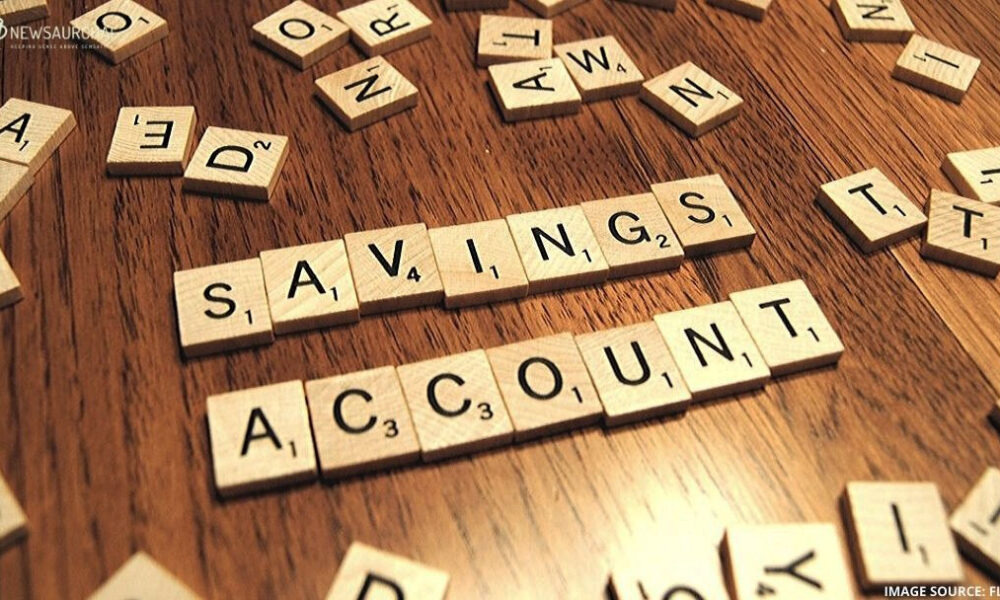Savings account of bank depositors in a brief duration of around six months have undergone constant complications due to financial crisis. Punjab and Maharashtra (PMC) Co-operative Bank’s depositors had to deal with restrictions laid down by the Reserve Bank of India (RBI) last September.
Last week, the same situation occurred with YES Bank, which is now being rescued by the central bank and the State Bank of India (SBI). RBI announced that Yes Bank customers were allowed to withdraw only up to Rs 50,000 from all their savings and deposit accounts with the bank, raising doubts regarding the security of their money.
As a result of these back to back events, the confidence of bank depositors has shaken. Though these are unpredictable occurrences, depositors can still gather some knowledge to protect their savings account from such risks.
DICGC guarantees money
The customers of the bank could rest assured that their deposits up to Rs 1 lakh in any combination of savings and deposit with any commercial bank would remain safe that are insured under the Deposit Insurance and Credit Guarantee Corporation (DICGC)–an RBI subsidiary. This limit is expected to increase to Rs 5 lakh from April 1, 2020, following the announcements of Finance Minister Nirmala Sitharaman in her Union Budget 2020 declarations. Therefore, a large amount of deposits would be protected by DICGC.
Number of Bank Accounts
“Spread the money across more than one bank account to get the benefit of the DICGC insurance cover (of up to Rs.5lakh)”, says Joydeep Sen, the Founder of Wiseinvestor.in.
Amol Joshi, Founder of Plan Rupee Investment Services, suggests that at least two accounts could be maintained, one salary account to pay EMIs, and another for investments including Systematic Investment Plans (SIP) for mutual funds, receiving redemption proceeds and income tax refunds, life insurance and health insurance premiums.
If the bank holding the salary and EMI accounts gets affected, then the investments in the other account can be redeemed, and vice versa. However, too many bank accounts can be problematic to monitor. Emergency funds equal to about three months of expenses and EMI should be kept in a bank or liquid fund. Diversification of banks is always advisable.
Banking Risks
In every form of savings and investment, there is always a possibility of underlying risks, whether big or small, predicted or unpredicted. The government and regulator may be providing safety nets, but they cannot be entirely risk-free. The onus is on the customer to get acquainted with the probable risks with any form of banking and make sure that he is not dependent on a particular bank, especially the one that is vulnerable to ups and downs.
Safety Over Convenience
Many customers of PMC Bank claimed that they chose the bank over other renowned ones due to the convenience PMC Bank offered, including the availability of branches, timings, and companionable staff. However, the bank’s management was allegedly engaged in fraudulent deals, and when the RBI suspended its operations, the depositors were left in a troubling position.
The dual control structure of cooperative banks added to the problems, thereby detaining successful resolution. Thus, one should not open an account in an unreputed bank just because it is available in the neighbourhood and only go for trustworthy names. Large, well-established and government-owned banks are better.
Awareness about Bank’s Activities
As a depositor, one should always keep track of the bank’s activities and current news about it. One must have knowledge about the bank’s NPAs (Non-performing asset), most prominent stakeholders, borrowers, recent profits or losses and their extent, how is the share price performing, status among peer banks, corporate governance, history of fraud and more. Feedback from employees may also serve the purpose.
Higher Returns, Greater Danger
All individual and large retail investors have mis-sold YES Bank’s Additional Tier1 (AT1) bonds by promising high and guaranteed returns as one of the benefits. Financial experts say that — “Anything above what the State Bank of India offers for its one-year deposits is bound to come with an element of risk. That is the threshold you need to keep an eye on.”
If the returns on schemes or deposits offered by bank representatives seem too good to be true, then it is likely that they pose hidden risks and are better avoided.
Bank Accounts Linked with MF Investments
Linking more than one bank account to a customer’s folio is a good option. Fund houses provide the option of linking up to give a bank account to a single folio. All accounts, therefore, work as backup accounts to a pre-designated primary account and in this way the redemption proceeds can be easily obtained if one account gets frozen.
Following these simple strategies so that one can protect his/her savings account during financial crises.
